Blogs
Home / Blog
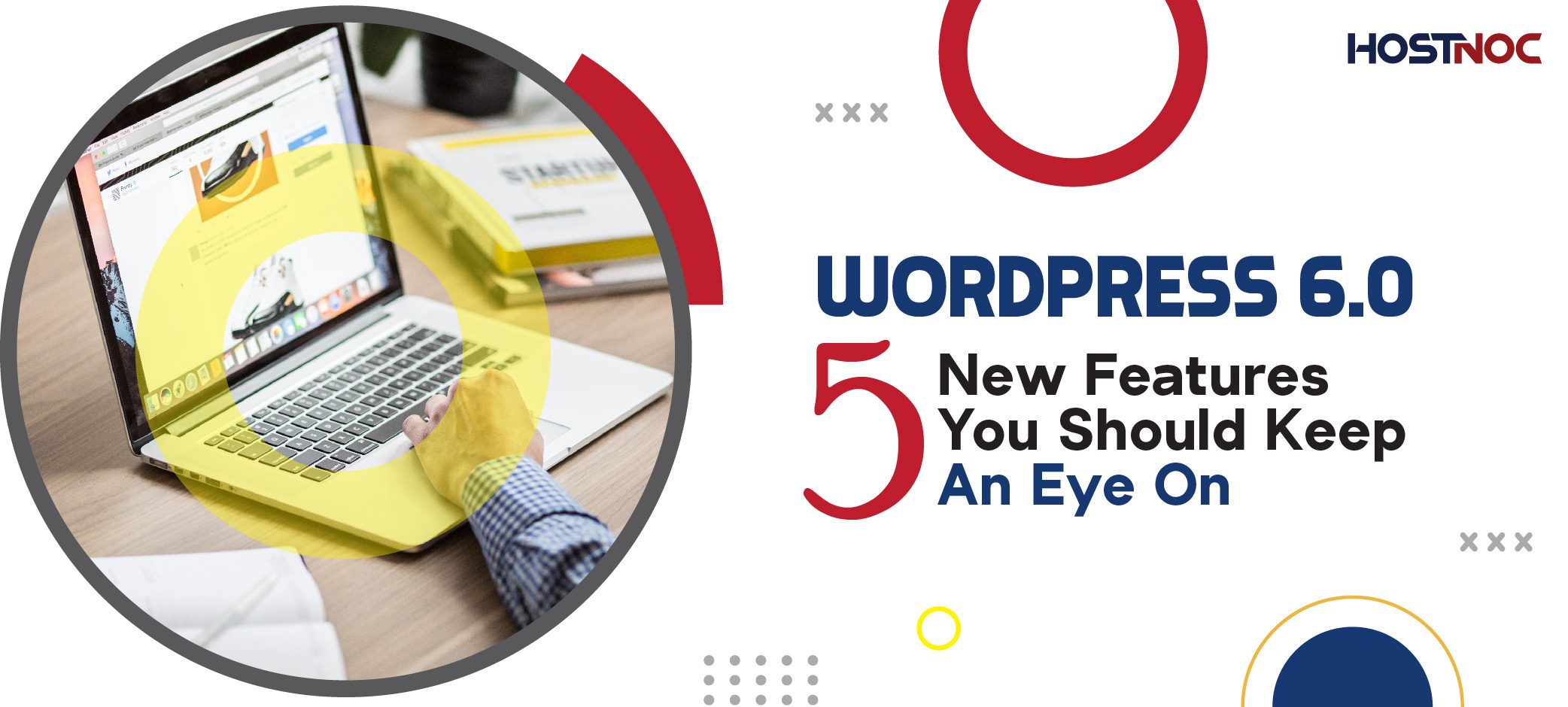

You are in a hurry and want to get some information from the internet. You search the internet and click on the link that looks more relevant to your search term. Now, you are waiting for the web page to load but nothing appears on the screen for the first few seconds. You decided to wait a few more seconds, but nothing seems to be working.
Imagine that happening to your business website and your customers abandoning your website and visiting your competitor’s website. Google is also considering website speed as a ranking factor, which means that it will push your website down its search index if it is slow to load. A poor user experience will send your conversion rate plummeting. If you don’t want that to happen to your business website, you should boost its speed.
In this article, you will learn about seven effective tips to boost your website speed.
If you are serious about improving your website performance then, you should make it a priority. As Brad Frost puts it, “I help people and organizations understand that performance is not just a technical best practice rather an essential design principle. Everyone needs to prioritize performance in their workflow, from business owners to managers, designers and developers.” When your website is developed with speed in mind, it will end up performing well; so you need to make speed a top priority from the beginning.
Images, Videos and animations all contribute to increasing your website load time and slow your website down to a crawl. To make matters worse, websites use high-quality images in order to deliver an eye candy to their visitors, but the issue with high quality visuals is that they take longer to load. While you can’t strip your website of all visuals and risk appearing static and uninteresting, you can start by optimizing all the images on your website to minimize the load time.
Another way to drop a few seconds off your website’s page load times is to reduce the server response time. There are many factors, which contribute to slower server response time and you should know about them. Some of the biggest reasons behind slow server response times are slow database queries, application logic, framework, libraries, memory and CPU. If you can keep a check on all this, you can easily keep the server response time down to a minimum.
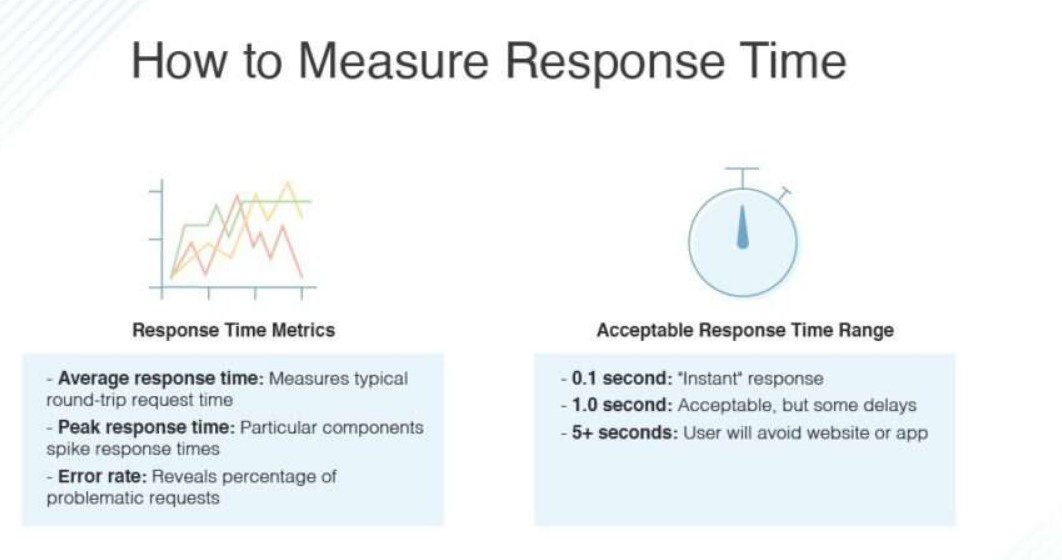
Another reason for painstakingly long page load times could be the internet connection. Your website might load instantly on your internet connection, but this will not be the case for users who have a slower internet connection. How can you deliver an immersive and interactive web experience to your website visitors? That is where browser caching can come in handy. You can use this technique to ensure that your website loads instantly when a user accesses your website again. It minimizes the time required for fetching resources and enhances the user experience of the website visitor.
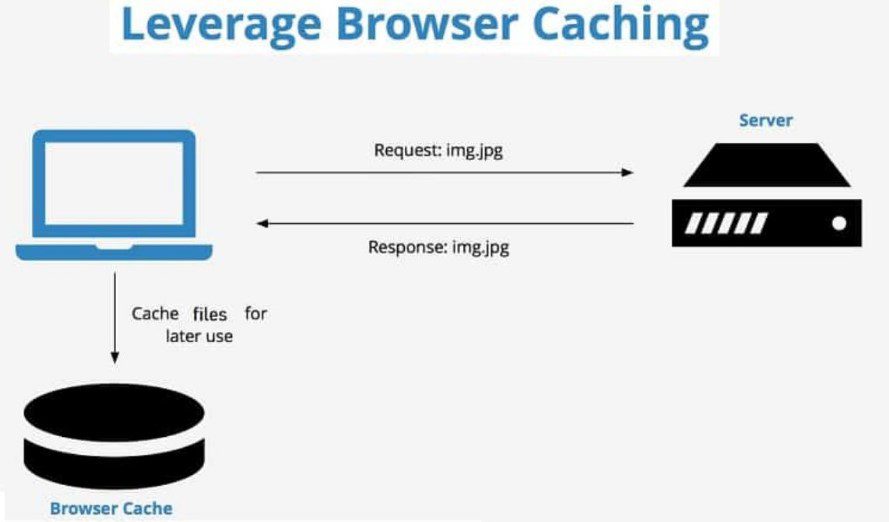
Let’s say your website is visually heavy and contains lots of images, videos, and fancy animations. There are dozens of buttons and widgets that need to be loaded every time someone accesses your website. If you look at the total size of your website, you will realize that it is way more than the industry average, which is why your website is taking longer to load. If you are looking to overlook this issue, you can make your website load quickly by using compression.
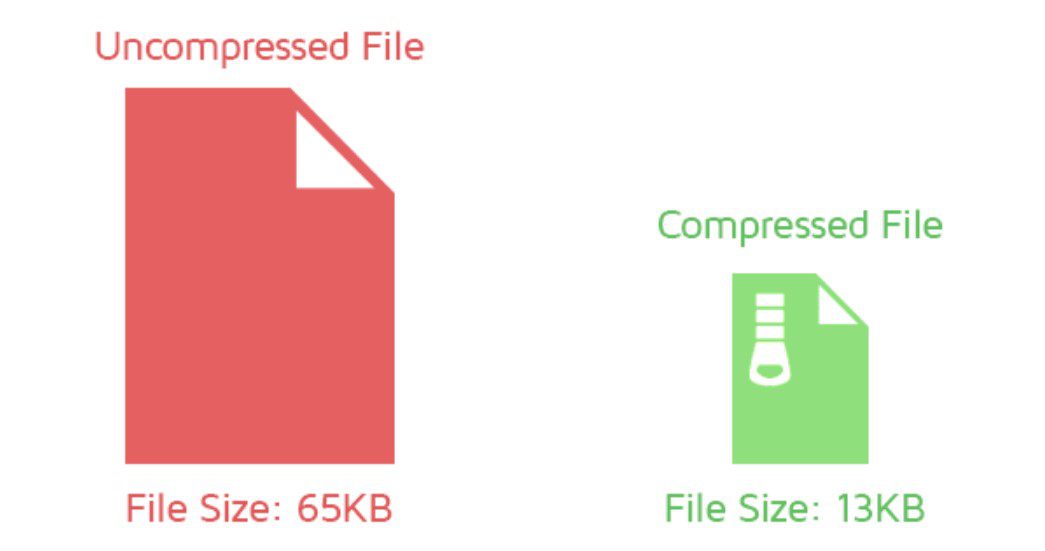
Tools like gzip compress your files instead of sending them to index.html. By doing this, you not only reduce the file size but also ensure faster load time. You should be familiar with gzipping code to do this but if you are not, you can find gzipping code here. If you are getting your website developed by a third-party web developer, don’t forget to request this from your web developer.
Take a minimalistic approach to code when developing your website. Only keep what is necessary and eliminate the rest. By minifying your HTML, CSS and JavaScript code, you can make a world of difference to your website load time. When the browser has to read less code, it will render your website quicker and your users will not have to wait long for your website to load, which would instantly enhance the user experience. Writing cleaner code also makes things easier for other web designers as they sometimes have to collaborate on some projects.
CDN stands for Content Delivery Network. It is basically a collection of web servers distributed across different parts of the world to efficiently deliver content to users. For instance, if you are accessing a website that uses CDN from Brazil, the server that is located nearest to your location will become active and let you access the website. With the nearest server having the least number of hops, you get a faster response time. Using a CDN will give your website a speed boost so it is worth considering this option, especially if website performance and page load times are your priority.
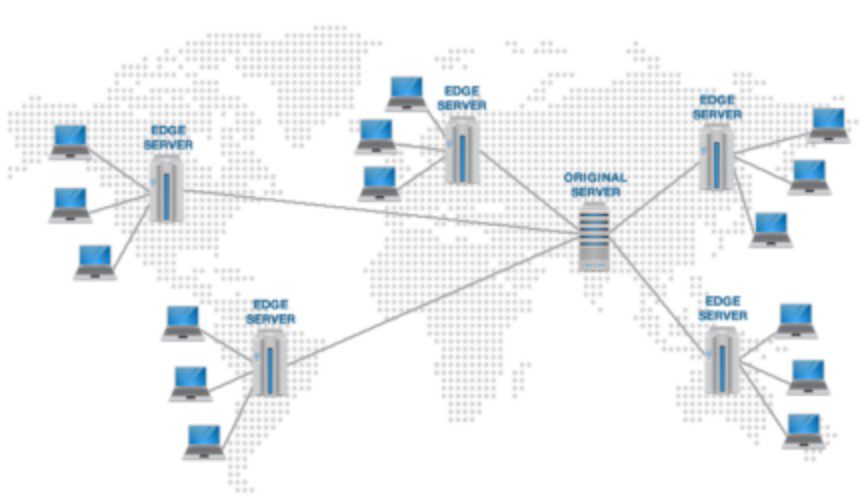
If your website is slow to load, identify what the problem is and fix it. Start off by making speed a priority. Optimize multimedia such as images and minify code where you can. Invest in CDN and use compression techniques to make your website load faster. By using some of the aforementioned tips, you can make a big difference to your website loading time, performance and user experience.
Enter your email to receive the latest news, updates and offers from HostNoc.
